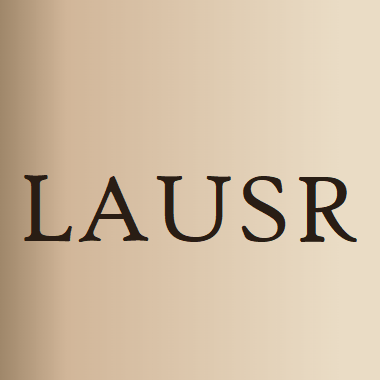
INTRODUCTION: Unruptured intracranial aneurysms are frequently detected during routine clinical diagnostic processes. A significant portion is small aneurysms less than 5mm. While follow-up patients with small aneurysms have been advocated,… Click to show full abstract
INTRODUCTION: Unruptured intracranial aneurysms are frequently detected during routine clinical diagnostic processes. A significant portion is small aneurysms less than 5mm. While follow-up patients with small aneurysms have been advocated, the cost-effectiveness of such care and the optimal follow-up interval remain unknown. METHODS: A decision analysis study was performed utilizing a Markov model with Monte Carlo simulations to simulate patients undergoing follow-up by MRA at different time intervals (1-,2-,3-, 5-and 7-year intervals) for small (<5mm) unruptured intracranial aneurysms. Input data for the model was extracted from the current literature, primarily latest Meta-analysis. Probabilistic sensitivity analysis and deterministic sensitivity analyses were performed to evaluate the robustness of the Model. RESULTS: Given current literature and our model, following-up every 3 years with noninvasive imaging is the most cost-effective strategy (cost = $99611, effectiveness = 19.00 QALYs), showing the highest net monetary benefit. The conclusion remains robust in probabilistic sensitivity analysis and deterministic sensitivity analyses. As the annual rupture risk of small aneurysms exceeds 9.8% (base-case 3.1%), following up every 2 years becomes the optimal strategy. CONCLUSION: The most cost-effectiveness follow-up strategy for small (<5mm) unruptured aneurysms using MRA is follow-up every 3 years. More frequent follow-up strategies or prompt preventive treatment would be more appropriate in patients with a higher rupture risk of growing aneurysms.
Journal Title: Neurosurgery
Year Published: 2022
Link to full text (if available)
Share on Social Media: Sign Up to like & get
recommendations!